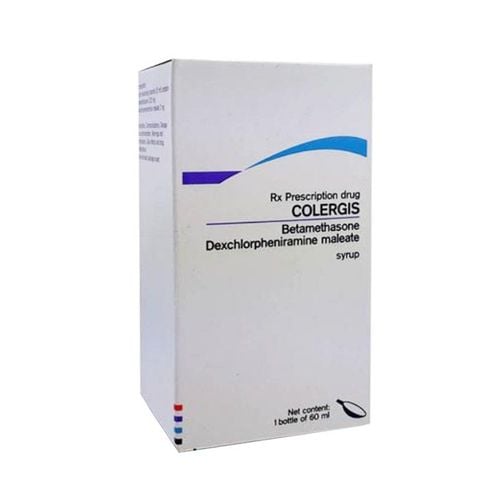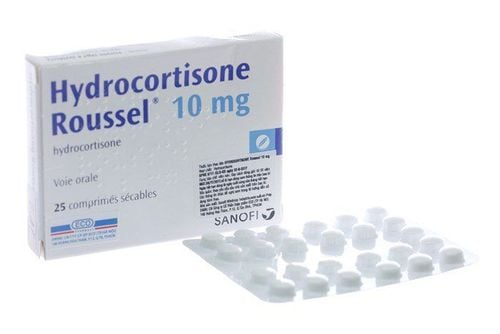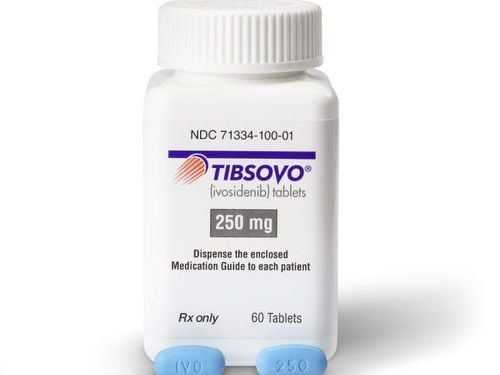This is an automatically translated article.
After treatment with chemotherapy, targeted therapy or stem cell transplant, patients still need medical staff and family members to support their care to improve their quality of life. .1. Dealing with Fatigue
Some therapies can help people cope with fatigue caused by chronic T-cell leukemia (CLL) or as a side effect of treatments. Doctors can treat fatigue by controlling the underlying cause, but often medication alone is not enough. Patients can perform supportive methods to reduce fatigue such as:
Exercise Massage Meditation Yoga relaxation techniques.
2. Using green tea for people with chronic T-lymphocyte leukemia in the early stages

Trà xanh cho người mắc bệnh bạch cầu mãn tính dòng lympho T ở giai đoạn đầu
Currently, products with green tea extract are showing some promise in the treatment of chronic T-lymphocyte leukemia, which has been carried out in clinical trials. Research shows that a compound found in green tea extract, called EGCG, can kill leukemia cells. And people with chronic T-cell leukemia in the early stages, when given EGCG in drug form, some symptoms of the disease have been reduced. But these trials of EGCG have not been conclusively established and more research is needed before it can be formally used as a treatment.
3. Adequate diet
Treatments for chronic T-lymphocyte leukemia can change the way you eat, cause nausea and other symptoms that decrease your appetite. It is important to follow a balanced diet to stay healthy and prevent weight loss. The doctor or dietitian can help the patient plan a menu of healthy foods that encourage the patient to eat more.
You may need to avoid certain foods, including undercooked fish and meat, because harmful bacteria in raw or undercooked foods can increase the risk of infection in people with leukemia. chronic T-lymphocyte lineage.
4. Avoid infection

Tiêm vắc-xin để tránh bị nhiễm trùng
CLL increases your risk of infection by damaging white blood cells, which are the cells that help your body fight germs. Therefore, the sick person needs to take some of the following measures:
One of the best ways to prevent infection is to wash your hands often with hand sanitizer and warm water. Get vaccinated, including the pneumonia vaccine and the flu shot. Your doctor will tell you what other vaccines should be given to minimize the chance of infection.
5. Follow-up for recurrence
The goal of follow-up care is to detect recurrent CLL. Because the previous treatment cannot destroy all the leukemia cells, there is still a chance that the patient will return later. Over time, these cells can increase in number until they are detected on test results or cause signs or symptoms. During follow-up care, the treating physician will provide the patient with information such as early signs of recurrence so that the patient can monitor at home. At follow-up visits, your doctor will ask specific health questions, blood tests or imaging may also be done as part of routine follow-up visits, but testing recommendations depends on several factors including the type of CLL initially diagnosed and the treatments that were performed.
6. Monitor side effects
Most patients who have undergone chemotherapy and radiotherapy in CLL have encountered undesirable effects, including long-term side effects and late-appearing side effects. Persistent side effects appear during treatment and persist for some time after treatment ends. Late-onset side effects appear only months or even years after the end of treatment. Therefore, during the regular visit, the patient needs to let the doctor know about the side effects that are being experienced, so that the doctor can do a physical examination, scan or blood test to help the patient find the cause and monitor. manage these side effects.Please dial HOTLINE for more information or register for an appointment HERE. Download MyVinmec app to make appointments faster and to manage your bookings easily.
References: cancer.net, mayoclinic.org
MORE:
T-lymphocytes: What to know What is Chronic Lymphocytic Leukemia (CLL)? Risk factors for chronic lymphocytic leukemia (CLL)













